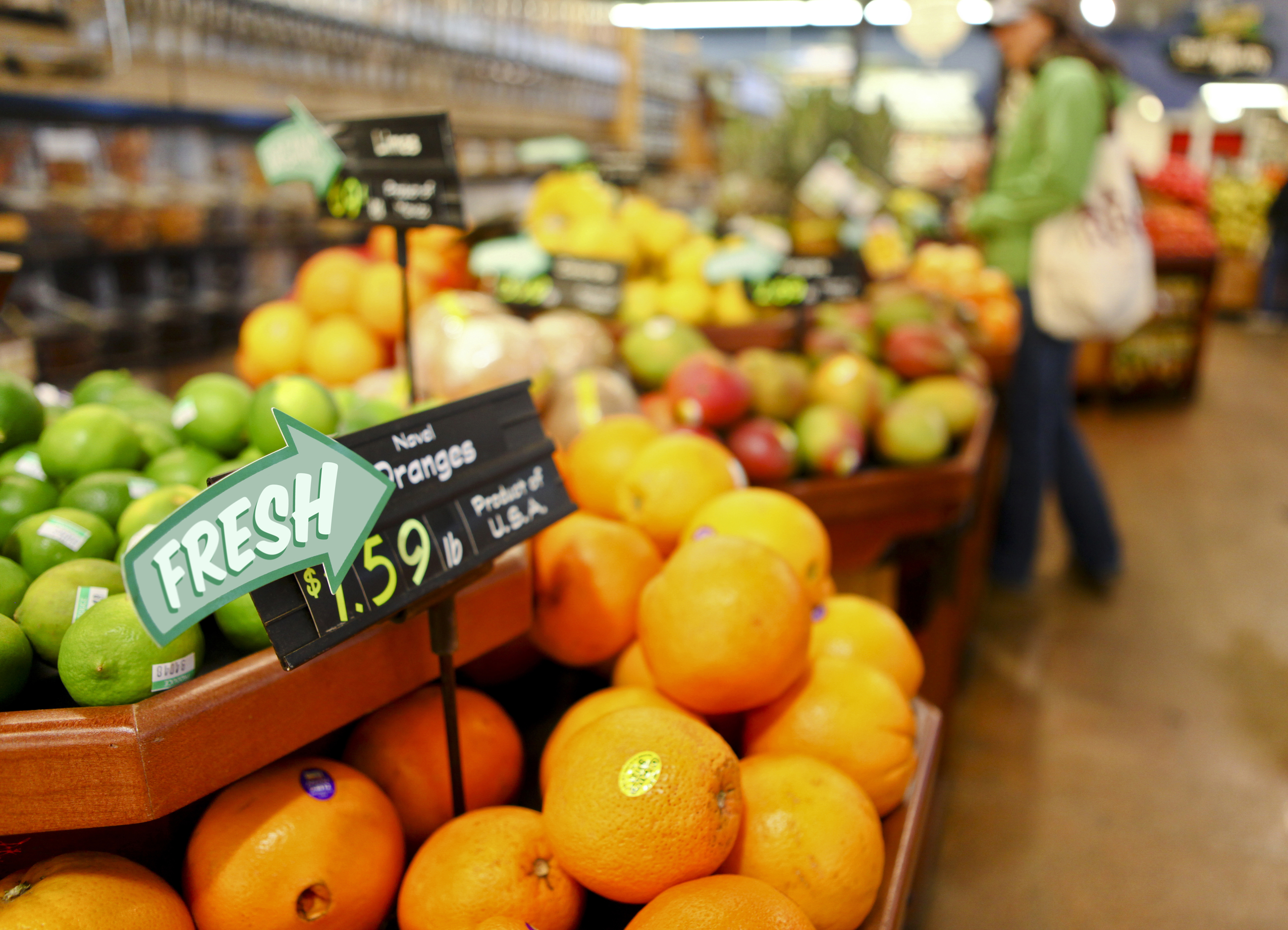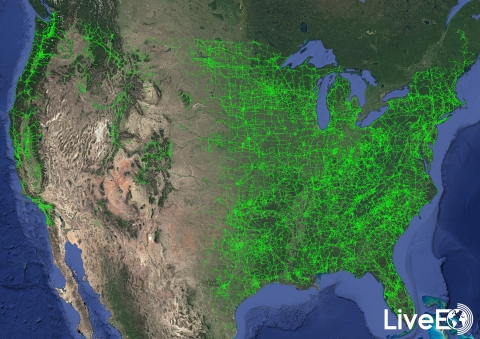
Imagine a world where businesses execute strategies without worrying about securing data. Now imagine a world where fast paced cybersecurity capabilities enable trusted data to become a source for growth. Guess what? Both are possible today.
A lot of ink has been spilled over data protection and now that National Cybersecurity Awareness Month is here, it’s high time we underscore the importance of secure data becoming a growth driver.
According to a 2020 Accenture report, on average, it makes sense for organizations to look beyond their four walls to protect their ecosystems since cybersecurity programs actively protect only 60 percent of an organization’s business ecosystem. Considering 40 percent of breaches come via this route, organizations don’t have the luxury of being too complacent. This may be why 2019 saw $10 billion in privacy and security company investments at an all-time high, according to Crunchbase. Let’s take a closer look at what’s driving this.
Addressing security gaps
While enterprises are overburdened with privacy laws (GDPR and CCPA), complex attacks, and increasingly sophisticated attackers, means cybersecurity startups are more proactively addressing the need for data protection. This is accomplished by providing best of breed point solutions to address security gaps not easily addressed by slower incumbent security solutions offering broader suites of often poorly integrated features. In the process, they are also helping manage enterprise IT complexities, minimize risk, comply with new regulations and allow for more nimble business processes that can expand opportunities beyond traditional industry boundaries and drive revenue growth, including the pursuit of new digital business models.
Speaking of new business models, enterprises are either already operating on-prem or considering how they can move to the cloud. By aligning with cybersecurity startups, enterprises can focus more on what they are good at while also gaining the agility to align and refine strategic planning to make a more secure transformation to the cloud.
How to thwart evolving threats
Let’s face it. Technology and the threats that often keep IT departments and executives alike up at night are both consistently evolving. As a result, cybersecurity startups often times have more laser-focus when it comes to attracting top talent to tap next-generation technologies (AI, machine learning, blockchain, etc.) to solve specific security problems which can be complimentary to existing security solutions. Thus, startups can help enterprises securely scale, be more relevant in the market and be more responsive when it comes to vulnerabilities/threats tapping the latest innovation.
Having more openness toward outside innovation in today’s volatile global economy should further validate the breadth of opportunity for cybersecurity innovation. Why? There is clearly a need for simple and effective ways to create, enforce, and monitor our security policies/controls across multi-cloud and even hybrid environments. Ideally, this functionality can help businesses aggregate vast amounts of data more quickly, remain more agile and avoid downtime which can hurt operations, reputation and revenue.
Make no mistake. We need to move the typical thought process on security away from the notion that cyberthreats are only an external issue. In fact, it’s quite the opposite case and yet another reason cybersecurity innovation must continue to evolve.
Verizon’s 2019 Insider Threat Report found that 57% of database breaches include insider threats and the majority, 61%, of those employees are not in leadership positions when they compromise customer data. This only strengthens the idea that making sure your digital operations are secure, scalable, compliant and interoperable is crucial not just your IT department but to compliance officers as well as those in sustainability, procurement, finance and strategy alike. Thus, collaborating with security startups is more important than ever in a world being forced to increasingly operate remotely due to the COVID-19 pandemic.
I would be remiss not to mention that data is increasingly valuable, and the backbone to AI, so tapping next-generation cybersecurity technologies is no longer a nice have. It’s a requirement to secure data and leverage it for growth opportunities. At least it should be for the modern enterprise that will witness over 500 billion connected things by 2030.
Impact of data and analytics
Due to the advancement of the internet of things, data is being used like never before in human history. The ability to safeguard data privacy, create new intelligent applications for IoT and also use data to predict next generation applications opens the door for startups to help manage complexities in IoT systems, especially as cloud computing moves closer and closer to edge computing.
This is why SAP.iO Foundry Berlin just kicked off its Data & Analytics cohort and why SAP.iO is proud to accelerate cybersecurity innovation through companies such as BigID, a SAP.iO Fund portfolio company focused on helping organizations know their data for privacy, protection and perspective. We have also recently welcomed LISNR, a startup focused on contactless authentication using ultrasonic sound verification, to our SAP.iO Foundry New York Fall Cohort.
Read More…













